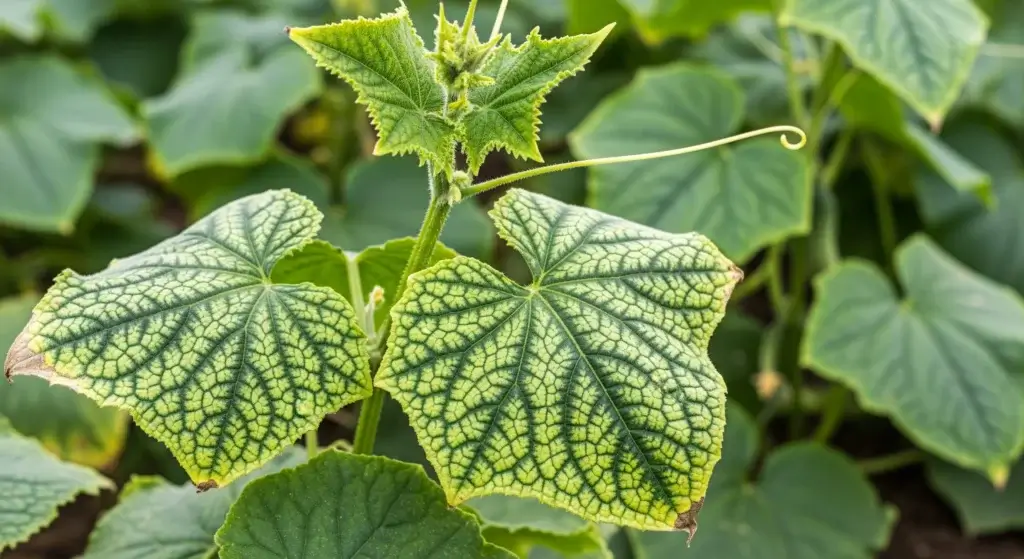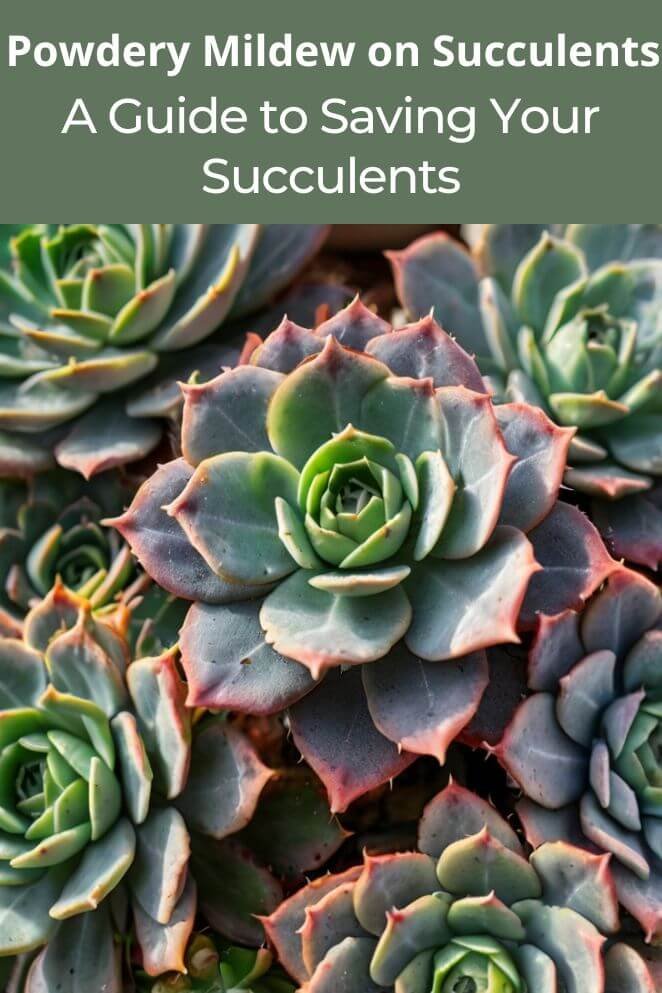
Powdery mildew is a common fungal disease that affects many types of plants, including succulents.
This disease appears as a white, powdery substance on plant surfaces and can lead to significant damage if left untreated.
In this guide, we’ll explore the causes of powdery mildew, how to recognize it, and effective methods for prevention and treatment.
Causes of Powdery Mildew on Succulents
Environmental factors
Powdery mildew thrives in certain environmental conditions. Here are the key factors that contribute to its growth:
Poor air circulation
Succulents placed too close together or in areas with stagnant air can become breeding grounds for fungi.
Adequate air circulation helps keep plant surfaces dry, which is crucial in preventing fungal diseases.
High humidity
Although succulents generally prefer dry conditions, high humidity can create an ideal environment for powdery mildew.
Humidity levels above 50% can encourage fungal spores to germinate and spread.
Overwatering
Succulents are adapted to arid environments and do not handle excess moisture well.
Overwatering leads to waterlogged soil, which can increase humidity around the plant and promote fungal growth.
- Read also: Effective Solutions: Tips Against Powdery Mildew on Roses
- Read also: Conquer the Curse: Strategies for Powdery Mildew on Pumpkins
Plant wounds
Wounds or injuries to succulent tissues provide entry points for fungal spores.
These can be caused by mechanical damage, pests, or even improper handling.
Once the spores enter through these wounds, they can infect the plant and spread rapidly.
Succulent characteristics
Succulents’ fleshy leaves and stems can make them more vulnerable to powdery mildew.
The thick, moist tissues of succulents can retain moisture, creating a suitable environment for the fungus.
Additionally, their unique structures can sometimes limit air circulation around the plant.
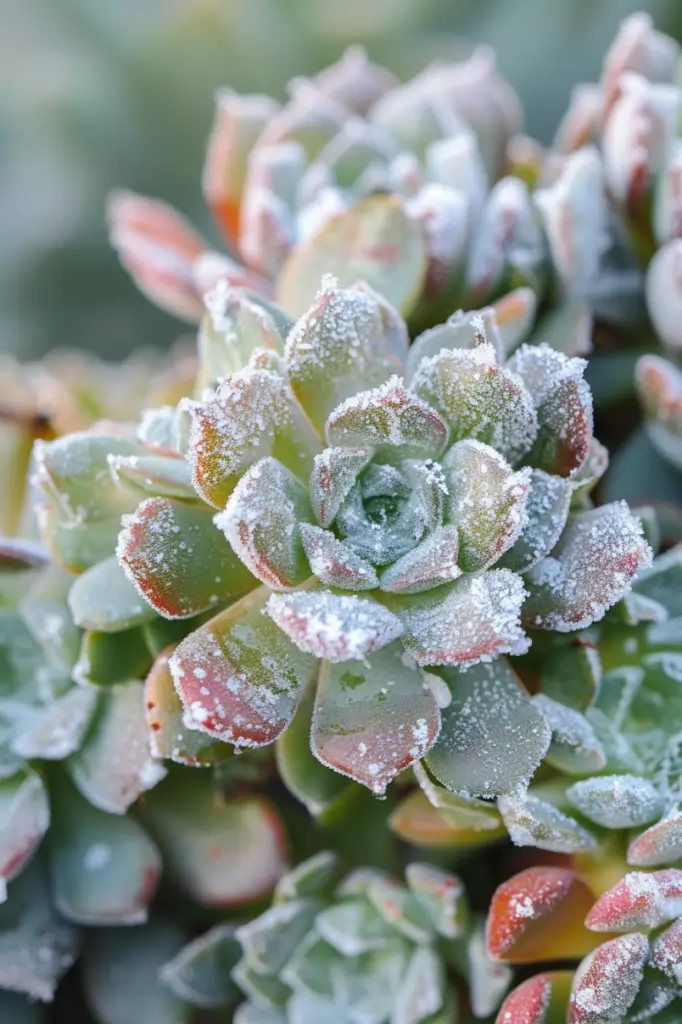
Signs of Powdery Mildew on Succulents
Recognizing powdery mildew early can help you address the problem before it causes extensive damage.
White spots
The first sign you might notice is powdery white patches on the leaves, stems, or even flowers of your succulents.
It looks like someone sprinkled flour or powdered sugar on them.
These spots are actually clusters of tiny fungal spores called conidia.
They can give your plant a fuzzy or dusty appearance.
Leaf damage
As powdery mildew takes hold, it can mess with your plant’s ability to make food through photosynthesis.
This weakens the plant over time.
Infected leaves might start to get spots, curl up, turn yellow, and eventually dry out and die.
This damage can slow down your succulent’s growth and make it look sickly.
Spread
Powdery mildew doesn’t waste time spreading, especially when conditions are right.
It can move fast and affect different parts of the plant, not just the leaves.
Stems and even flowers can get hit too.
If left unchecked, it can really mess up your succulent’s health and appearance.

Prevention Strategies
Preventing powdery mildew involves creating conditions that discourage fungal growth and maintaining good plant care practices.
Well-draining soil
Imagine your succulent’s roots like having comfy shoes—plant them in soil that drains well.
This means water doesn’t sit around the roots, which can make it easier for fungi to grow.
Well-draining soil also helps reduce the humidity near the plant, which powdery mildew loves.
Proper watering
When it comes to watering, think about giving your succulents a drink at the roots rather than showering them from above.
This keeps their leaves dry, and dry leaves are less likely to get mildew.
Let the soil dry out completely between waterings.
Too much water can create a humid environment that powdery mildew finds cozy.
Adequate sunlight
Just like we enjoy a sunny day, succulents thrive in bright, indirect sunlight.
Make sure they get enough light—it helps keep their surfaces dry and prevents mildew.
Full sun exposure can also be a good defense against mildew because it keeps the plant and soil warmer, which fungi don’t like.
Good air circulation
Think of your succulents as needing some fresh air too.
Give them space so air can flow around each plant.
This airflow helps dry out any moisture that might settle on the leaves or stems, lowering the chances of mildew taking hold.
Regular inspection
Keep an eye on your succulents like you check your garden regularly.
Look for any signs of powdery mildew—those powdery white spots on leaves or stems.
Spotting it early means you can act fast, removing infected parts and preventing it from spreading to the whole plant.
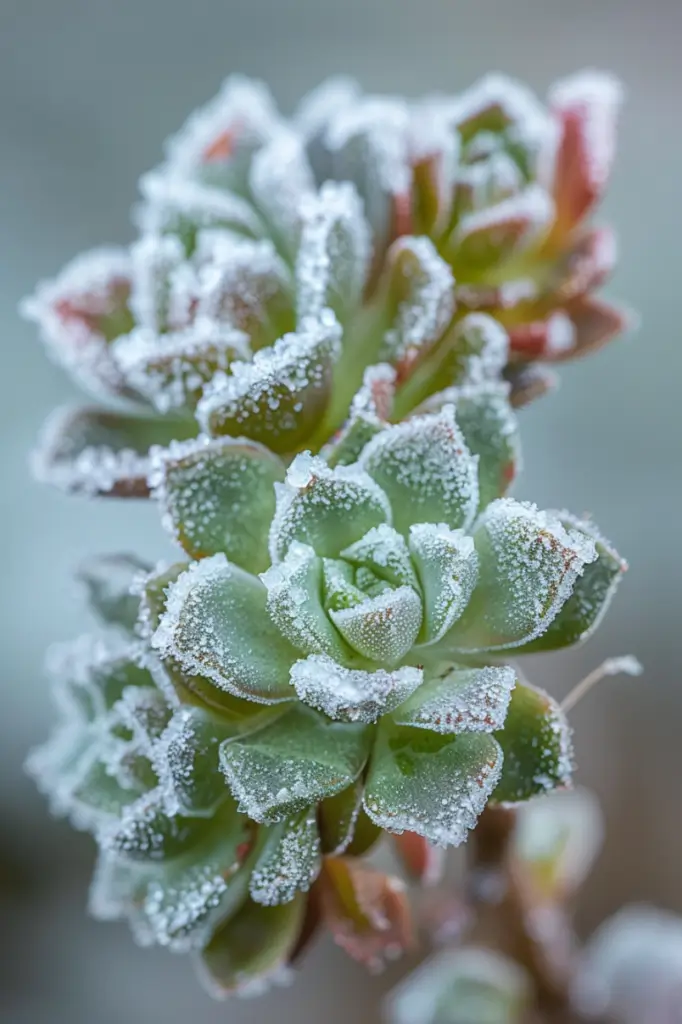
Treatments for Powdery Mildew on Succulents
If powdery mildew does appear, various treatments can help manage and eliminate the fungus.
Fungicidal sprays
Neem oil
Think of neem oil like a superhero for your plants—it’s a natural fungicide that fights powdery mildew effectively.
Mix 1-2 tablespoons of neem oil with water (following the instructions on the product) and spray it on the affected areas of your succulents.
This helps stop the fungus from spreading.
Sulfur
Sulfur is another powerful treatment for powdery mildew.
It’s effective but can be strong, so be sure to use it exactly as directed on the package.
Applying sulfur incorrectly can harm your plants, so follow the instructions carefully.
Baking soda
Imagine baking soda as a mild-mannered yet effective fighter against mildew.
Mix 1 tablespoon of baking soda with 1 gallon of water and spray it on your succulents where you see the powdery mildew.
This solution changes the pH on the leaf surface, making it harder for the mildew to survive and spread.
Natural remedies
Vinegar
Vinegar isn’t just for salads—it can also act as a natural fungicide.
Mix 1 part vinegar with 3 parts water and spray it on the infected areas of your succulents.
This mixture helps kill the fungus and prevent it from coming back.
Milk
Yes, milk! It has natural properties that fight against powdery mildew.
Mix 1 part milk with 2 parts water and spray it on your succulents.
The milk creates an environment that’s unfriendly to the mildew, helping your plants recover.
Isolation
If only some of your succulents have powdery mildew, act fast to prevent it from spreading.
Separate the infected plants from the healthy ones.
This isolation reduces the chance of the fungus spreading further.
If any plants are severely infected and can’t be treated, it’s best to remove and dispose of them carefully to protect your other plants.
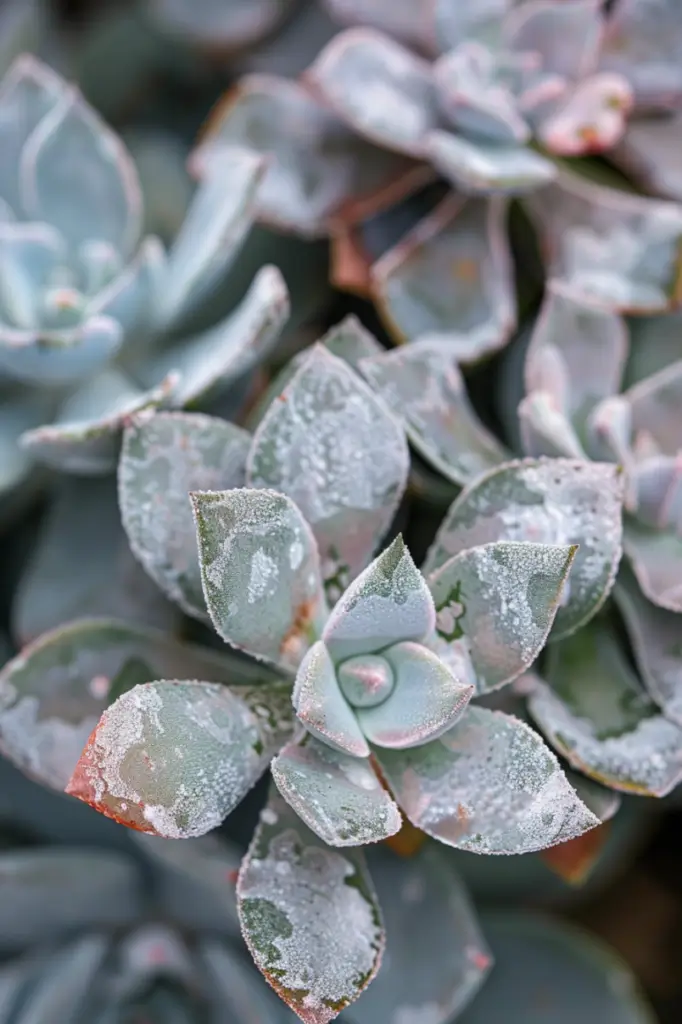
- Read also: Flowers for Vegetable Garden Pest Control: A Natural Solution
- Read also: Battling Bugs Without the Bite: Safe Indoor Plant Insect Sprays
Conclusion
Powdery mildew can be a serious issue for succulents, but with proper care and timely intervention, you can manage and prevent this fungal disease.
By understanding the causes, recognizing the signs, and implementing effective prevention and treatment strategies, you can keep your succulents healthy and thriving.
FAQs
Yes, if left untreated, powdery mildew can weaken succulents, potentially leading to their death.
Regularly inspect your succulents, ideally every few weeks, especially during high humidity seasons.
Yes, if used according to instructions, fungicides like neem oil and sulfur are generally safe for succulents.
Preventive fungicide applications can help, but maintaining good cultural practices is also crucial.
Isolate infected plants, remove severely affected parts, and use appropriate treatments to manage the disease.

